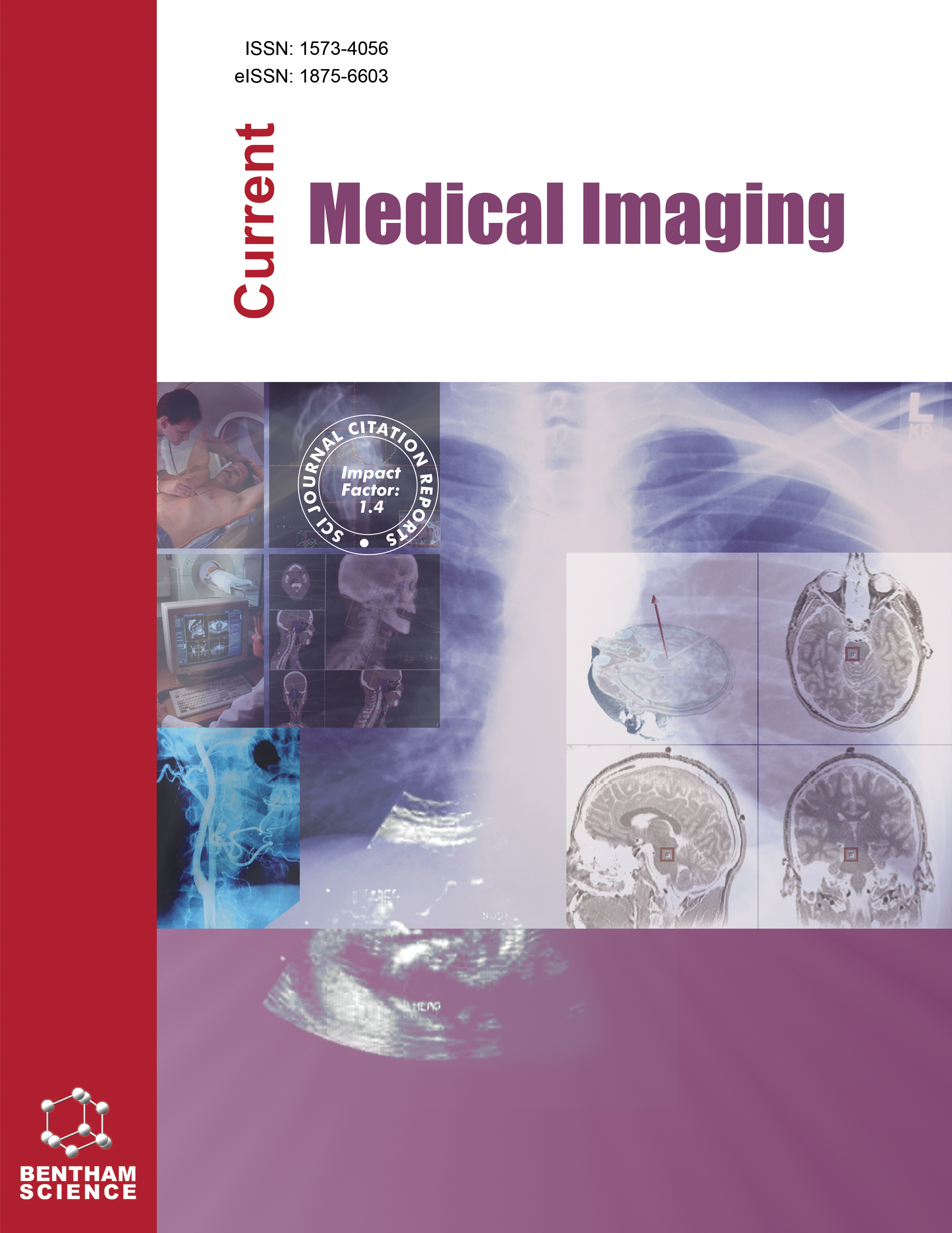-
oa Clinical Application of Ultrasound Elastic Imaging in Assessing Poststroke Complex Regional Pain Syndrome (CRPS)
- Source: Current Medical Imaging, Volume 20, Issue 1, Jan 2024, E010823219335
-
- 24 Mar 2023
- 27 Jun 2023
- 06 Sep 2023
Abstract
This study is aimed to explore the characteristics and clinical application of ultrasonic elastography in peripheral soft tissue in patients with poststroke complex regional pain syndrome (CRPS).
Complex regional pain syndrome (CRPS) type I is also known as shoulder hand syndrome (SHS). Its main symptoms include shoulder pain, limited activity, upper arm, wrist, and knuckle joint pain. Ultrasonic elastic imaging technology is gradually being applied to musculoskeletal system evaluation, primarily for the elastic examination of superficial tissue, as a result of the continual advancements in ultrasound technology. To make up for the absence of conventional imaging, functional state evaluation of the motor system can offer conventional ultrasonic tissue elasticity and hardness data.
The purpose of this study was to objectively quantify the soft tissue surrounding the shoulder joint of stroke patients with CRPS using ultrasonic elastic imaging and to determine the diagnostic usefulness of ultrasonic elastic imaging for CRPS in stroke in order to promote its usage in clinical practice.
Patients diagnosed with CRPS following a stroke and admitted to the rehabilitation unit at Shanxi Bethune Hospital between January, 2021 to June, 2021 were included in the analysis. The control group consisted of people without pain in their shoulder joints. Each group consisted of 30 patients. A high-frequency wire array probe (frequency = 8-16 Hz) was employed in conjunction with an ultrasonic diagnostic apparatus. A quantitative analytic system determined Young's modulus of the tissue, while the tracking of the shear wave provided an elastin map in real-time. An excitation pulse of acoustic radiation force was used to cause shear waves in the tissue.
The Young's modulus of supraspinatus muscle in the study and control groups was 289.16±22.07 Kpa and 231.99±23.61 Kpa, respectively (P <0.01). Young's modulus values of the study group's subscapular biceps were compared to those of the control group (P > 0.05). The supraspinatus shear wave elastographic (SWE) imaging value was 10.01±0.49 m/s in the study group and 7.92±0.50 in the control group (P <0.05). The study and control groups had subscapular muscle SWE values of 15.99±1.95 and 8.64±0.56 m/s, respectively (P <0.05). The average biceps tendon SWE value in the study and control groups was 6.39±0.42 and 4.69±0.36 m/s, respectively (P <0.05).
In conclusion, the SWE assessed by ultrasound elastography is useful for early diagnosis and evaluation of the superior shoulder tendon, subscapular tendon, and biceps tendon of CRPS following stroke test.


